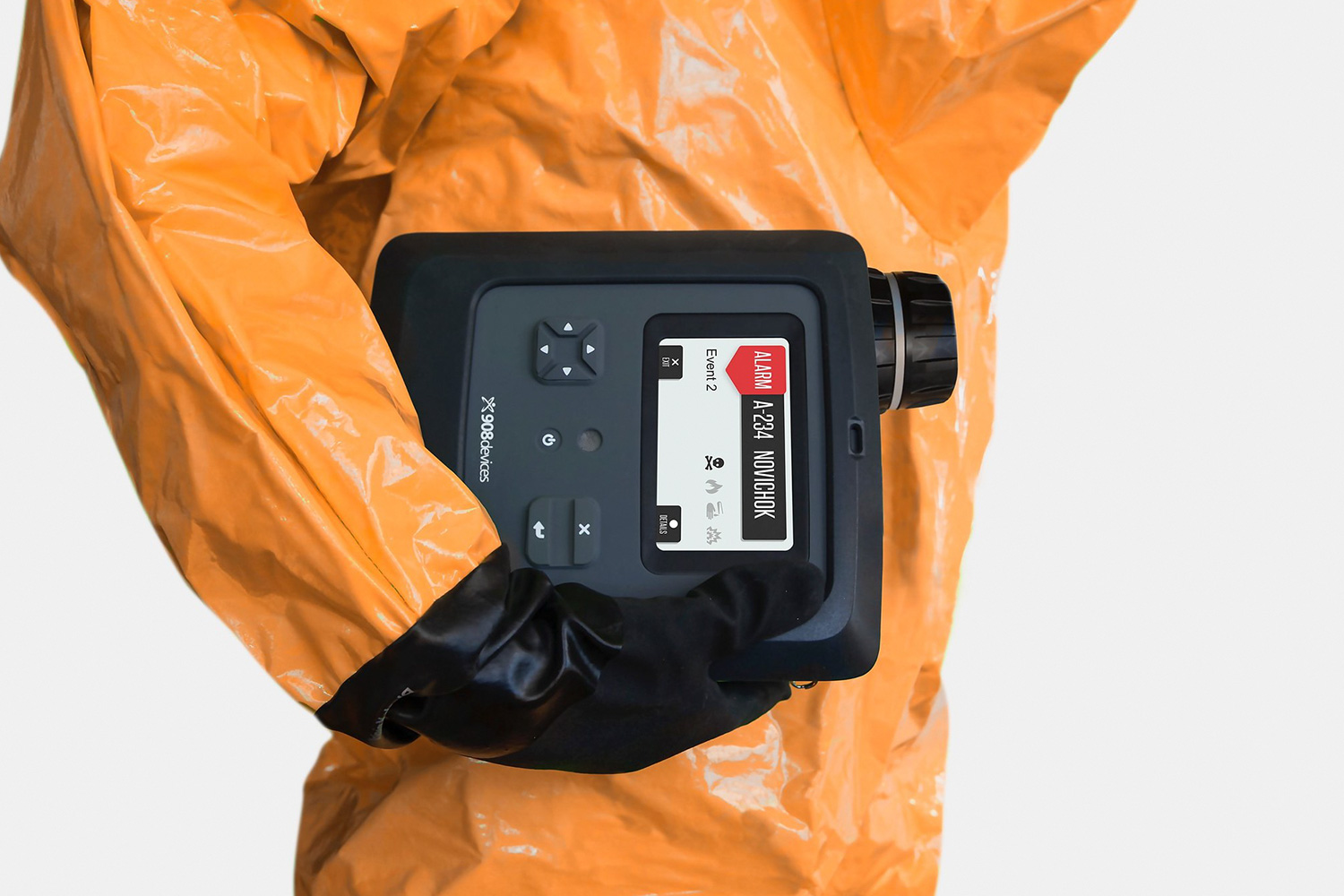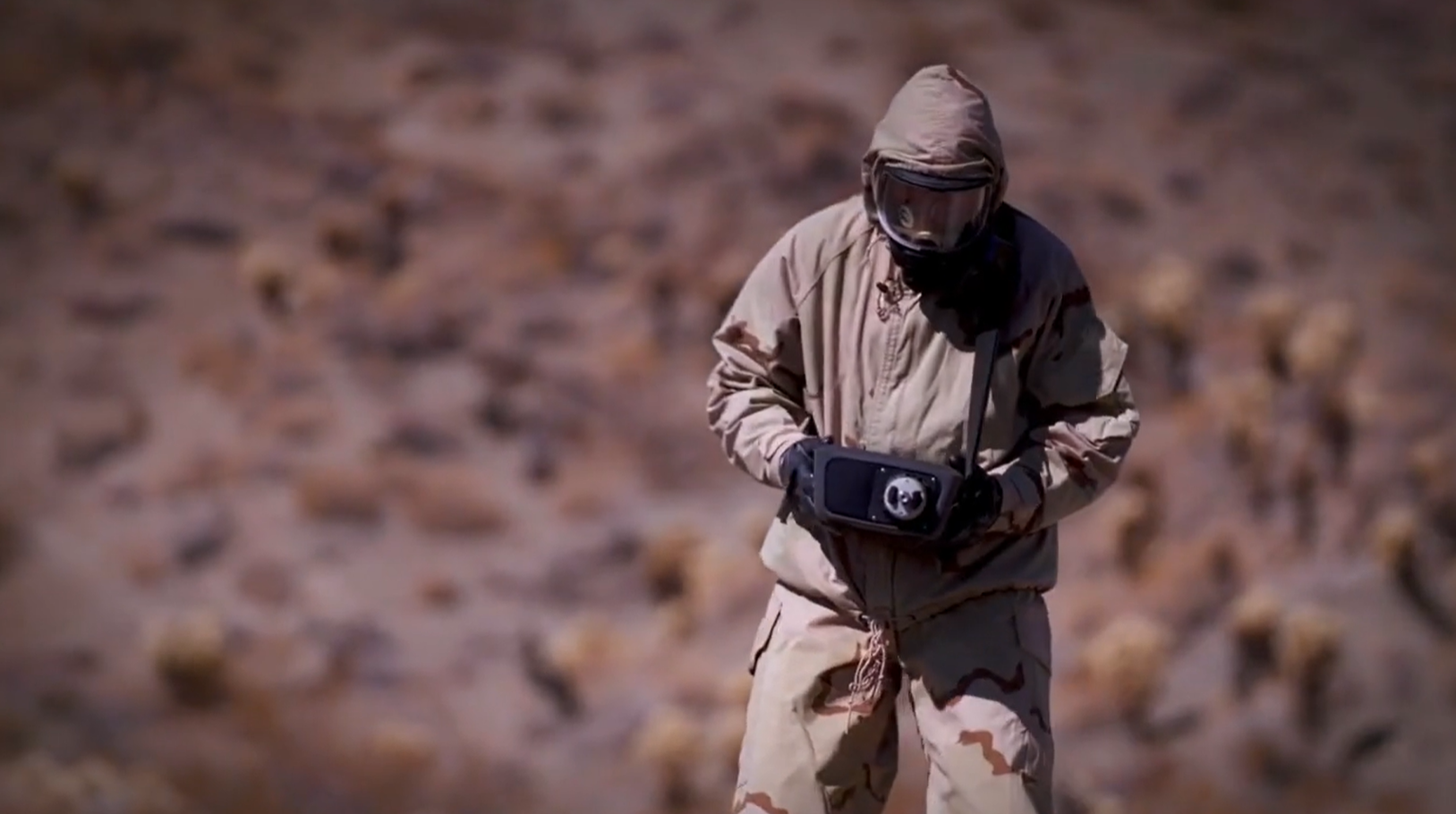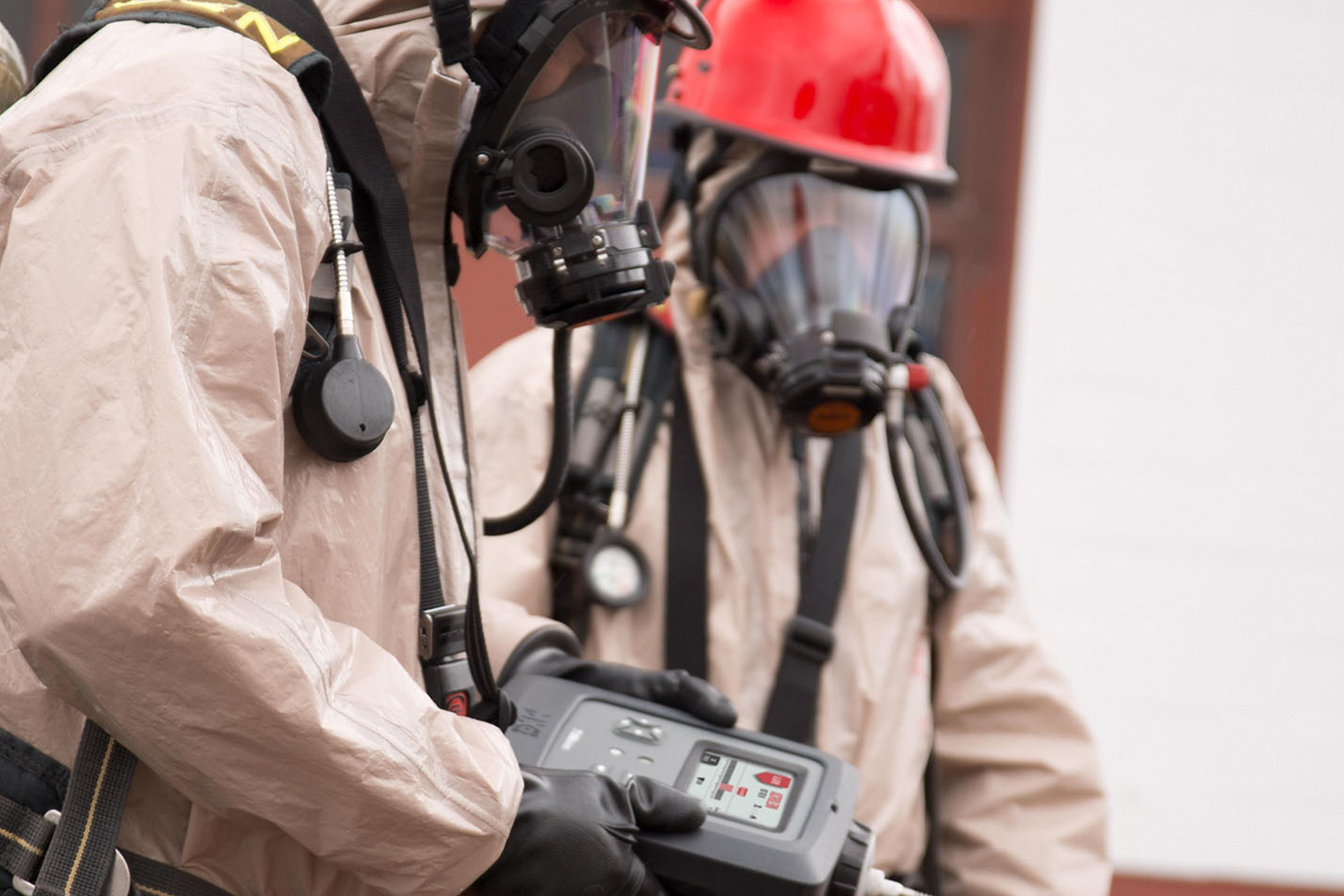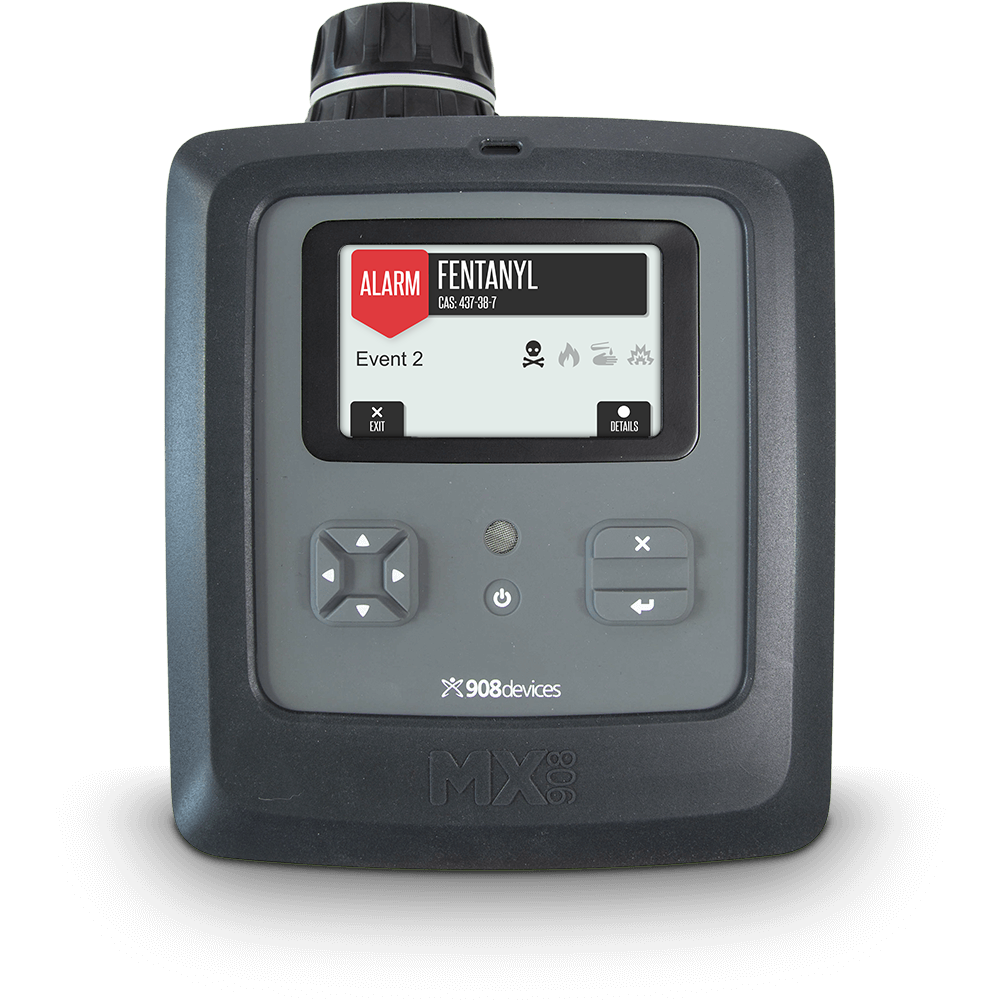

CWAs & PBAs
Nerve Agent Detection and Identification, Including Novichoks and PBAs
Emerging classes of chemical warfare agents call for new tactics and modern technology. Detect and identify nerve agents at trace levels, including aerosol and vapor threats.
IDENTIFY CHEMICAL WARFARE AGENTS
Handheld Spectrometer for Nerve Agent Detection
The MX908 with Aero module enables operators to detect and identify aerosolized threats, such as nerve agents and Pharmaceutical-based Agents (PBAs), which represents a critical gap in existing chemical detection solutions.

CHEMICAL WARFARE AGENTS (CWAs)
Know The Threats of Fourth Generation Agents (A-Series)
A-Series agents, potent acetylcholinesterase inhibitors with signs and symptoms similar to traditional G- and V-Series nerve agents, were designed with specific knowledge of existing chemical warfare agent detectors, NATO detection, and protective equipment, with the goal of countering those protection methods.
They tend to be oily liquids which produce little to no vapors. They pose significant cross-contamination and exposure risks due to a combination of high potency and environmental persistence, and consequently a small release can rapidly become a large-area hazard.
Due to their increased potency they often require higher antidote doses and can create additional vapor hazards when improperly decontaminated.

PHARMACEUTICAL BASED AGENTS (PBAs)
Know the Threats of PBAs
Synthetic opioids such as fentanyl pose a similar risk to nerve agents with their potency and potential lethality. These are often referred to as pharmaceutical based agents (PBAs).
While not unique to Russia, these agents were first deliberately weaponized during the Moscow theater crisis where approximately 170 people died from respiratory arrest after a PBA mixture was disseminated in aerosol form.
Synthetic opioids are readily available through global illicit supply chains and are also synthesized by state actors. There are hundreds to thousands of potential PBA options, none of which are detected by traditional CBRNE detection technology during an aerosol dispersal event.
CHEMCIAL DETECTION
Toxic Aerosol Detection and Identification
Aerosolized chemicals pose a complex and difficult threat for military, law enforcement, and hazmat responders globally. Quickly detecting and identifying deadly aerosols enables users to make critical decisions for protecting responders and the public.
An aerosol is a suspension of fine solid or liquid particles, which maintain the physical properties of their solid or liquid state, but behave like a vapor. This combination of physical state and vapor-like behavior, make traditional vapor detectors ineffective against aerosol threats. MX908 with Aero leverages proven sampling technologies and analysis mechanics to address this unique threat.


NERVE AGENT DETECTION
Rapid, Reliable Cemical Detection
Nerve agents are highly toxic, difficult to recognize with conventional methods, and pose significant risks. Advanced technologies like the MX908 handheld mass spectrometer provides rapid, reliable detection of novichoks and other emerging threats.
Resources
Responding to Chemical Warfare and Pharmaceutical Based Agents
A must watch for CBRN first responders. Receive the latest info on dangerous chemical threats, chemical warfare, and pharmaceutical based agents.
CBRN History Overview
Chemical warfare agents have evolved greatly over the last 100 years, download this timeline flyer to learn more.
Emerging Chemical Threats: Novichoks, The Newcomers
This webinar focuses on England’s “Salisbury Incident”, dangers of chemical weapons, and the importance of preparedness in dealing with Novichok threats.
Novichoks Mission Brief
Review this one sheet on Fourth Generation Agents that the MX908 can detect and identify at trace levels.
Fentanyl Mission Brief
Review this one sheet on MX908 detection and identification of fentanyl and its thousands of analogs.
Aerosolized Fentanyl During Decontamination
Download this case study on Canadian Decon Solutions’ encounter with fentanyl and how MX908 with Aero provided real-time intel at the point of need.
Subscribe to Our Communications
Signup to receive new product updates, technical tips and more.

